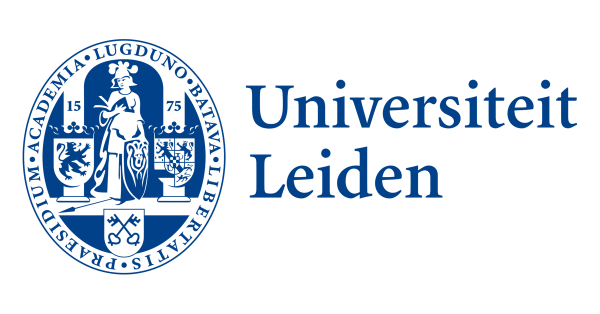
NCG-Leiden
Seminars
- 2024 spring
- - Research seminar
- 2023 fall
- - Foliations
- 2022 fall
- - Groupoid C*-algebras
- 2022 spring
- - K(K)-Theory
- 2021 fall
- - Deformation Quantization and Index Theory
Mini-courses
- 2024 spring
- - Connections and curvatures in NCG
Workshops
- 2025
- - A day on operator algebras and NCG
- - NCG Day 2025
- 2023 spring
- - Geometry and Operator ALgebras 2023
- 2022 fall
- - NCG Day 2022
Workshop on Operator Algebras
Thursday October 23rd, 10:00-17:00, room BW0.29
10:00-11:00 — Bob Yuncken (Lorainne): Harish-Chandra’s philosophy of cusp forms via Lie groupoids
11:00-12:00 — Dimitris Gerontogiannis (IMPAN): (Quantum) Isometry groups of graph algebras
12:15-13:30: Lunch
13:30-14:30 — Evgenios Kakariadis (Athens): Selfadjoint operator spaces
14:45-15:45- Bram Mesland (Leiden): Poincaré duality for topological graph algebras
17:00 – Drinks at bar “De Fusie” (inside the Gorlaeus buidling).
Abstracts:
R. Yuncken, Harish-Chandra’s philosophy of cusp forms via Lie groupoids
Abstract: Harish-Chandra spent his amazing career understanding the unitary representations of real reductive Lie groups, like SL(n,R). One of the crucial points in this theory is his “philosophy of cusp forms”, which says that any tempered unitary representation of a real reductive group (with compact centre) is either discrete series, meaning it is a subrepresentation of the regular representation, or it is principal series, meaning it is induced from a parabolic subgroup like the block upper-triangular subgroup in SL(n,R). This sets up an inductive argument over ever smaller subgroups. I will describe how Harish-Chandra’s principle follows from a simple Lie groupoid construction due to Omar Mohsen.
(Joint work with Jacob Bradd and Nigel Higson)
D. Gerontogiannis, (Quantum) Isometry groups of graph algebras
Abstract: This talk will provide an overview of my joint work with Goffeng, Mesland on the isometry groups of Cuntz-Krieger algebras associated with the log-Laplacian. It will also present ongoing work with Freslon, Skalski on the corresponding quantum isometry groups.
E. Kakariadis, Selfadjoint operator spaces
Abstract: Operator systems, i.e., closed, selfadjoint subspaces of $B(H)$ containing its unit, have a central role in the theory of Operator Algebras. Lately, the community has been actively considering selfadjoint operator subspaces, but which need not be unital. Those appear naturally, for example when comparing operator systems up to their stabilisations as in the work of Connes and van Suijlekom.
The absence of a unit disrupts the link between the norm and the matrix order structure, and thus many of the standard results from the unital setting no longer apply. This creates significant difficulties in obtaining even fundamental theorems like the celebrated Arveson’s Extension Theorem. Towards this end, Werner introduced the notion of the partial unitisation that encapsulates the appropriate information for matrix ordered operator space to be represented as a selfadjoint subspace of some B(H).
It appears that the injective morphisms in this category are those that lift to unital completely isometric maps on the unitisation, and not just the completely isometric complete order embeddings. In this talk I will present why this is the right notion, and (old and new) characterisations of such maps in terms of extensions and gauge isometries (in the sense of Russell), with a focus on approximately positively generated or singly generated spaces. We will show, in action and with examples, that the question whether a map is an embedding is a norm-preservence question.
This is joint work with Alexandros Chatzinikolaou, Se-Jin (Sam) Kim, and Apollonas Paraskevas.
Sponsors
This workshop is partially supported by the Netherlands Organisation of Scientific Research (NWO) under the VIDI grant The noncommutative geometry of bounded symmetric domains